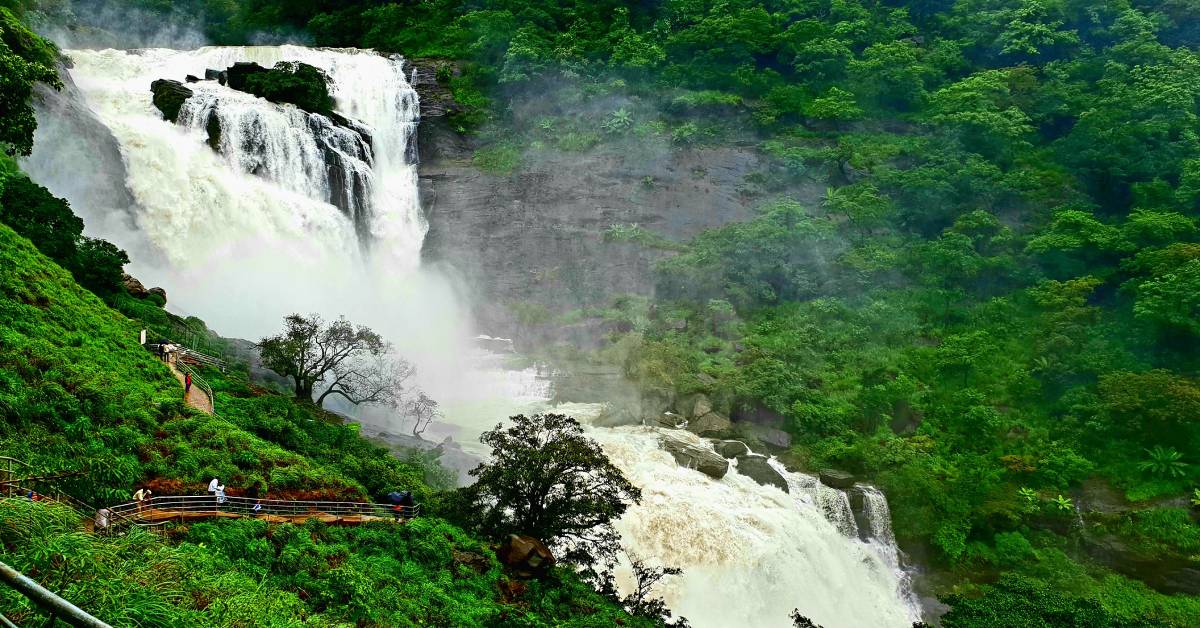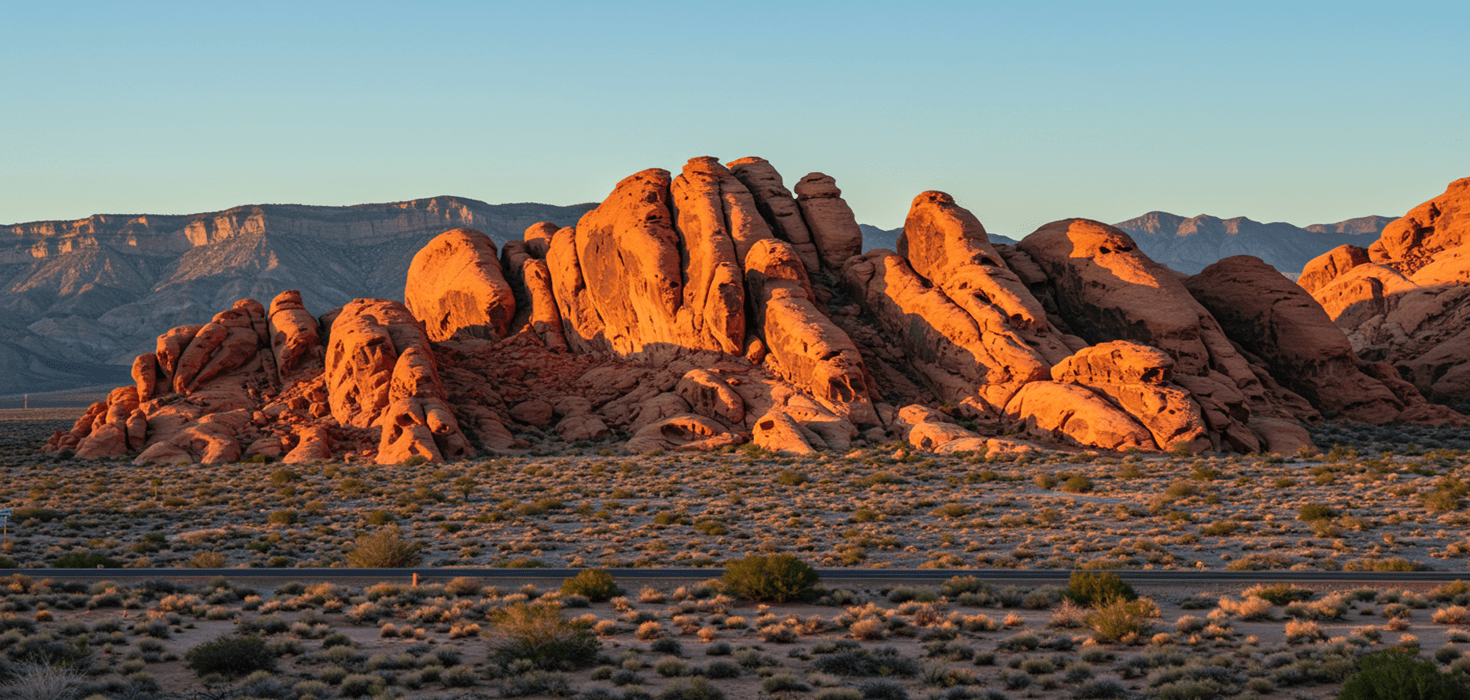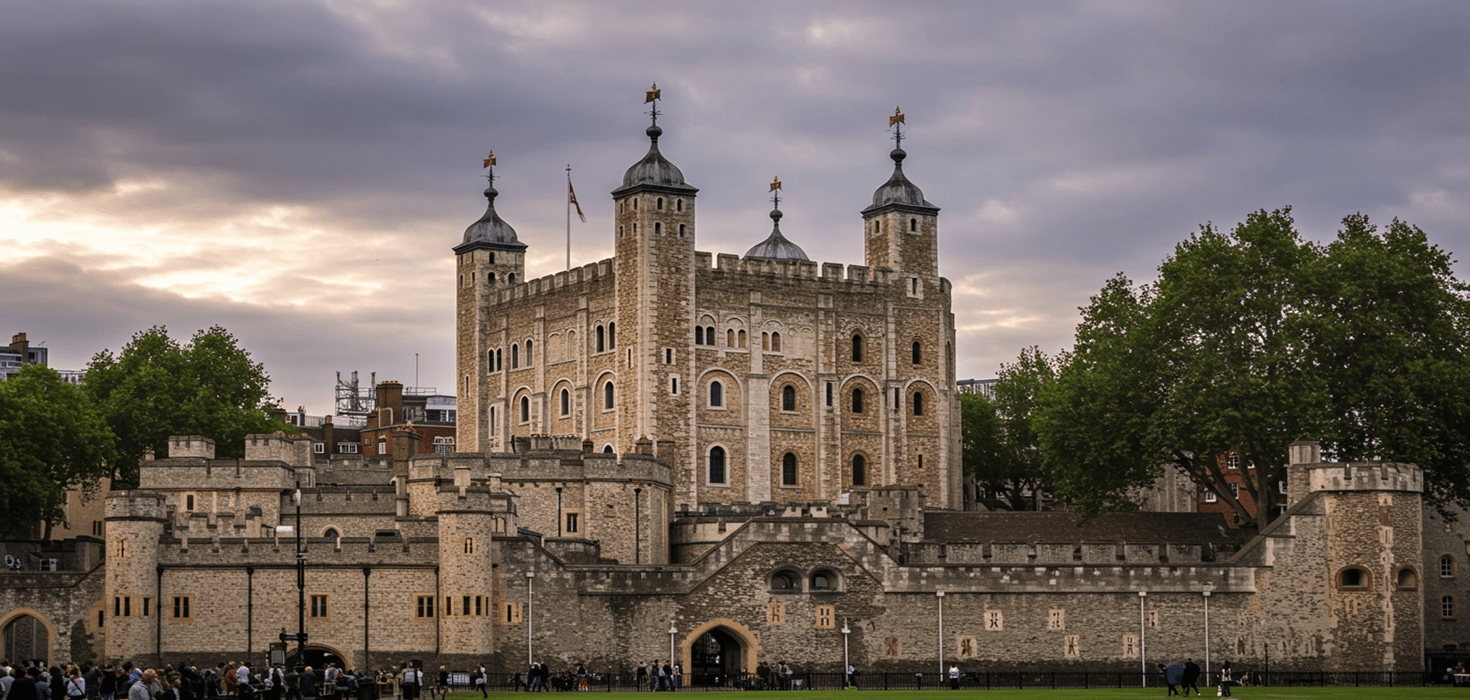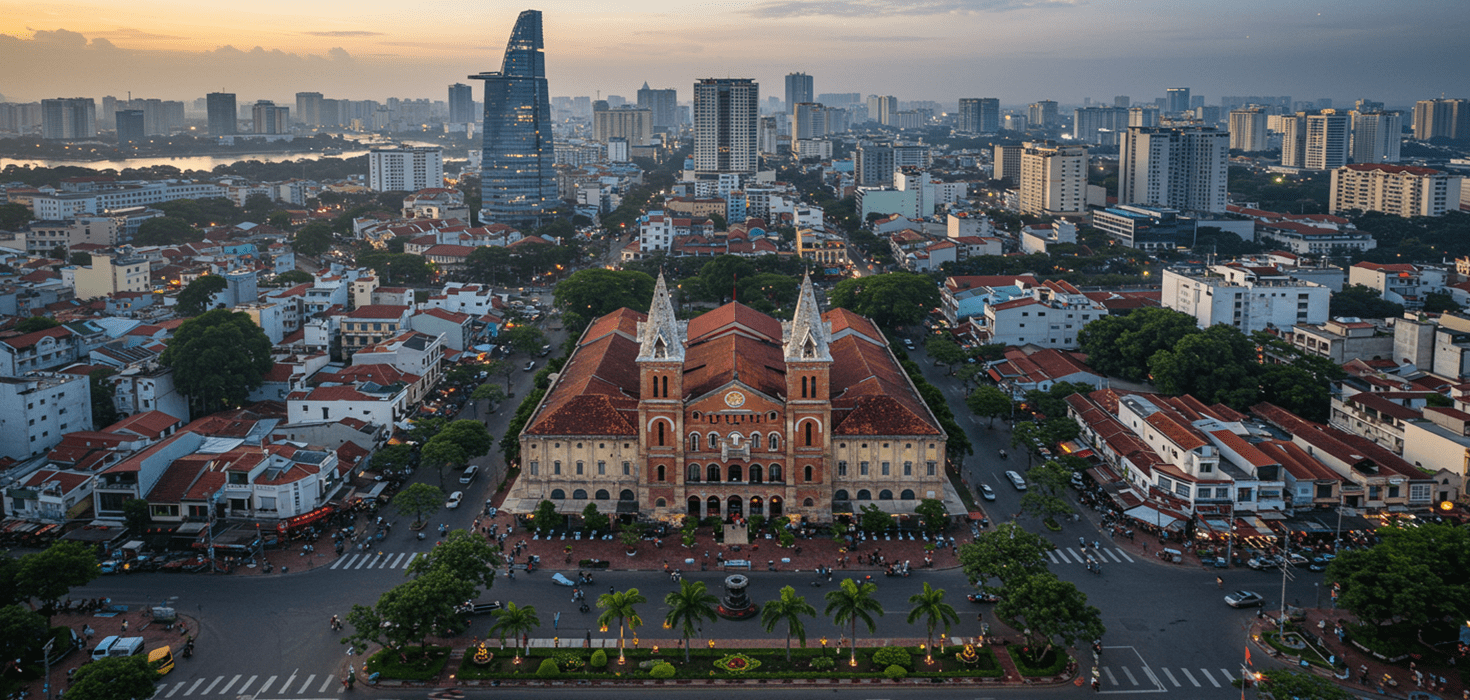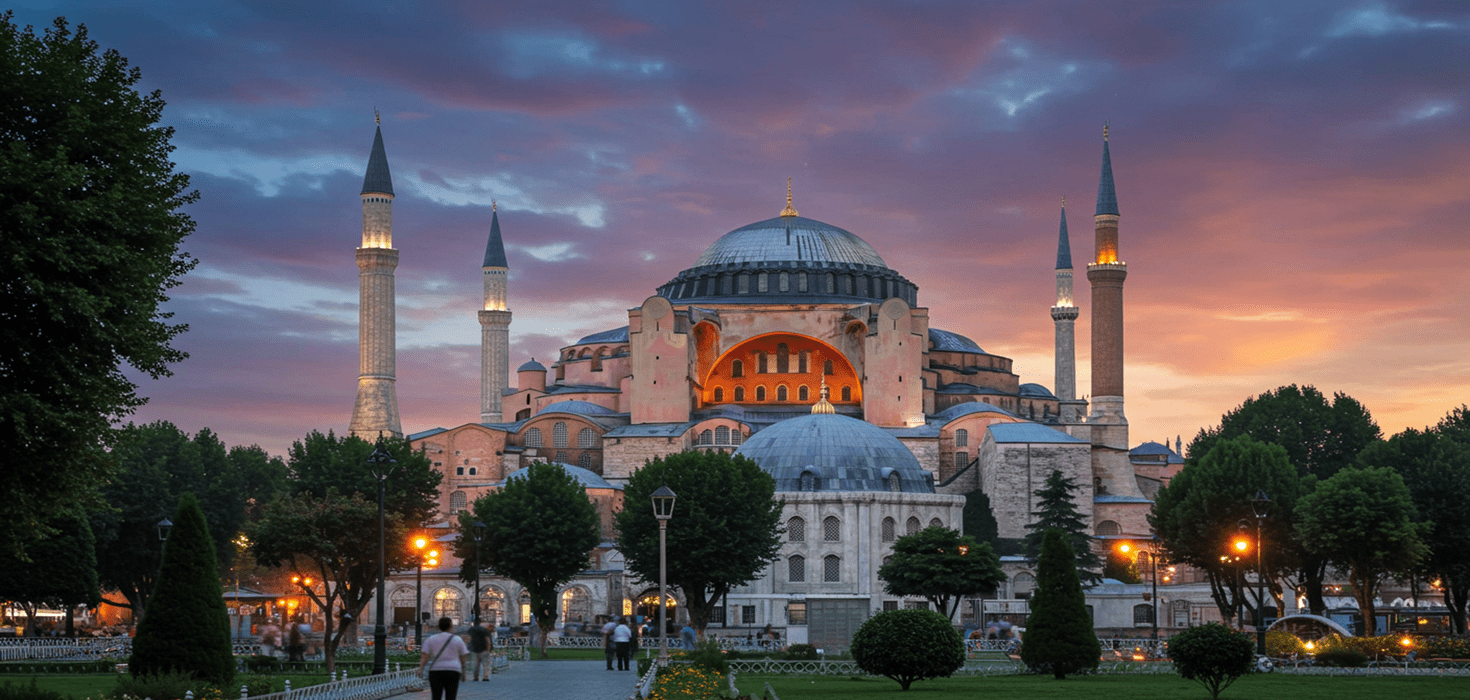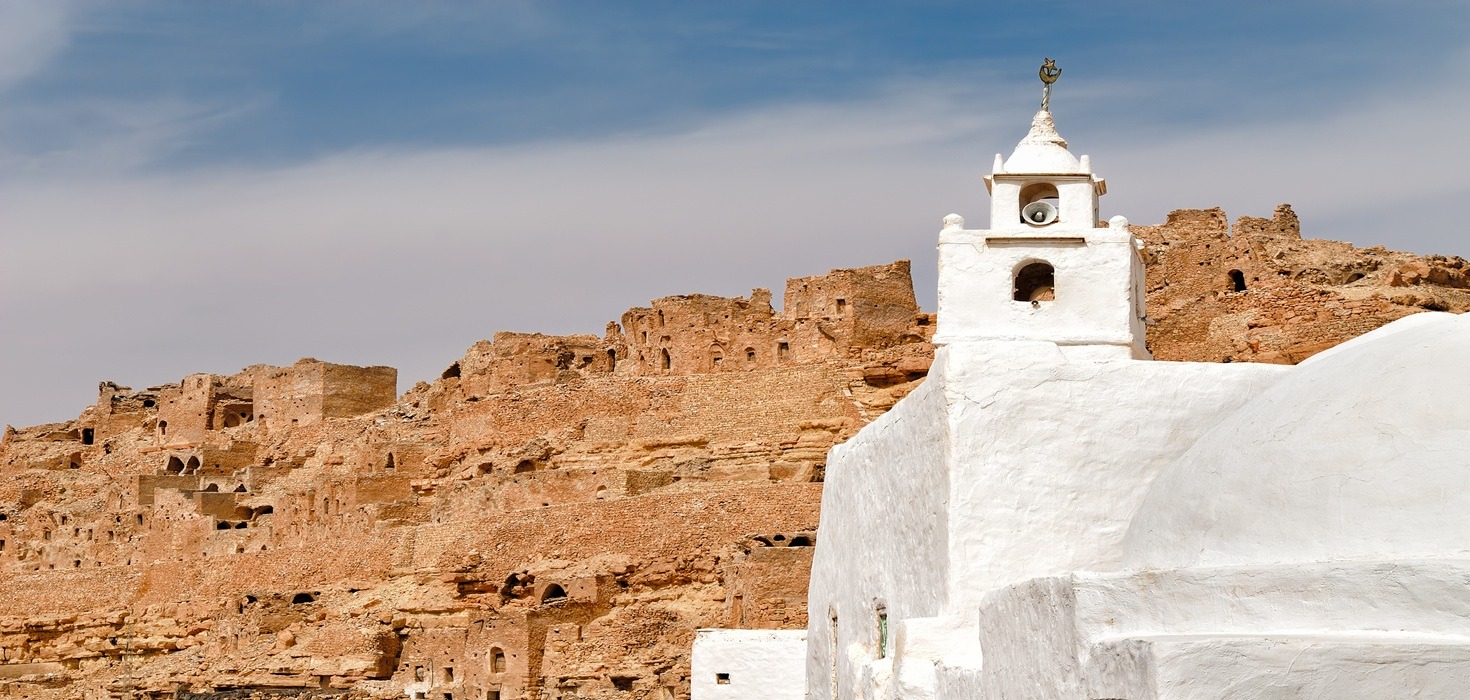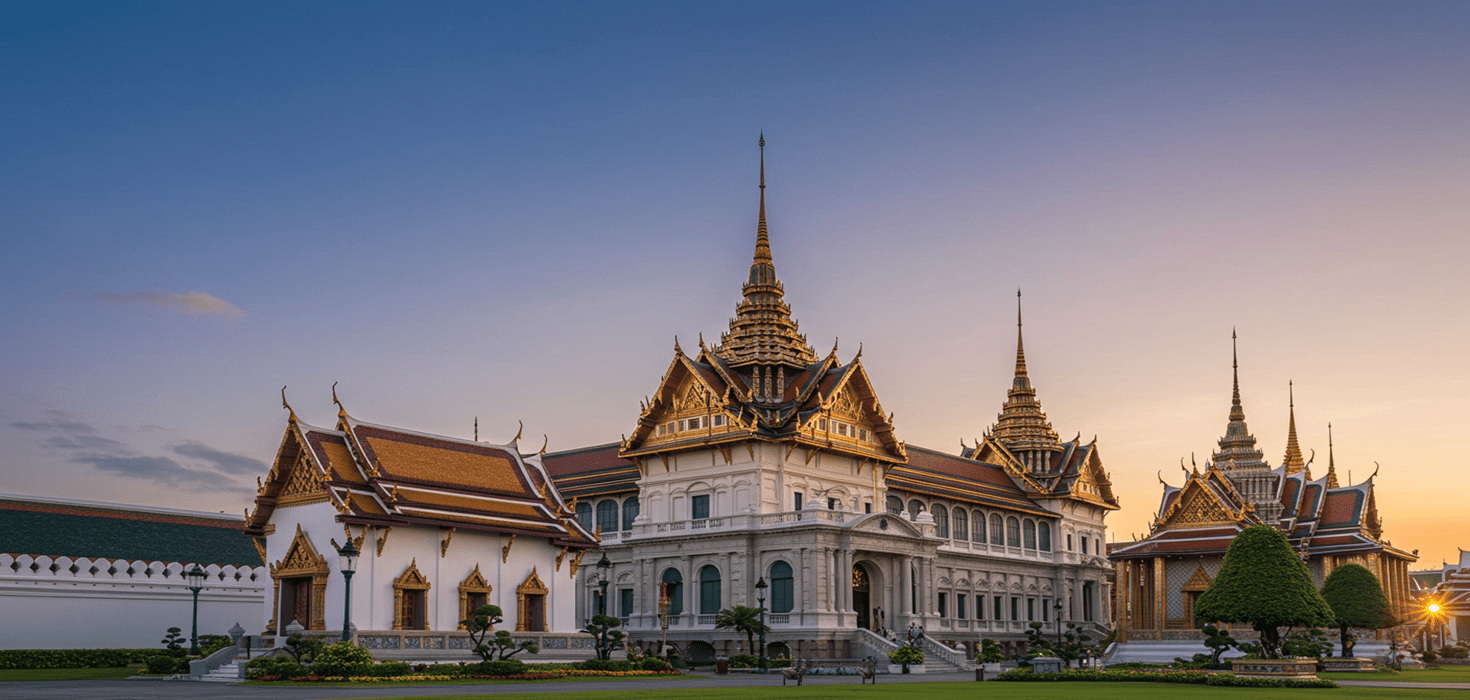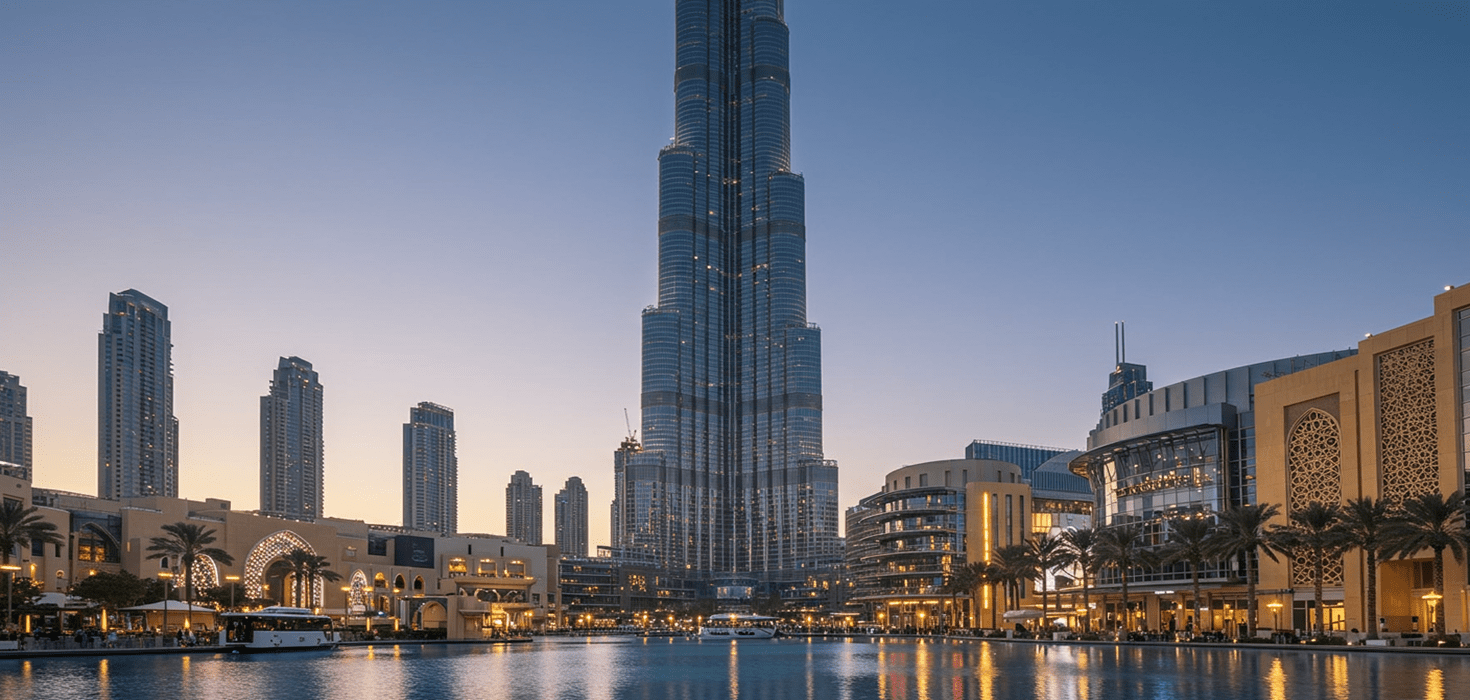Welcome to Chikmagalur: A Coffee Lover’s Dream
Nestled in the picturesque Western Ghats, Chikmagalur is nothing short of a coffee paradise. Known for its lush green hills and sprawling coffee plantations, this charming hill station offers a unique escape, especially during the enchanting monsoon season. As the rains drench the landscape, Chikmagalur transforms into a vibrant canvas of emerald greens and blooming flora, beckoning travelers to explore its rich heritage and natural beauty.
For those who revel in the art of coffee, Chikmagalur is a treasure trove. The air is infused with the aroma of freshly brewed coffee, and the region is home to some of the best coffee in Chikmagalur. From sipping a cup of the finest brew to embarking on immersive coffee plantation tours, there’s no shortage of unique experiences awaiting you. Whether you’re a seasoned coffee aficionado or just looking to enjoy the scenic beauty, Chikmagalur promises a delightful adventure.
Discovering the Chikmagalur Coffee Trail: A Sip of Bliss
The Chikmagalur coffee trail is a must-visit for anyone wishing to delve deeper into the world of coffee. This trail winds through lush plantations where you can witness the entire coffee-making process, from bean to brew. Visitors often rave about their experiences, with one traveler sharing, “The coffee tasting in Chikmagalur was unlike anything I’ve ever experienced. Each sip tells a story, and the guides are incredibly knowledgeable!”
As you stroll through the plantations, you’ll not only learn about the different coffee varieties but also get to taste some of the finest brews. Many estates offer guided tours where you can engage with the farmers and discover the secrets behind their craft. So, grab your mug and get ready for a flavorful journey that will leave your taste buds dancing!
Monsoon Magic: Why Visit Chikmagalur During the Rainy Season?
Visiting Chikmagalur during the monsoon season is like stepping into a postcard. The rains breathe life into the landscape, transforming the hills into a lush paradise. The vibrant greenery, cascading waterfalls, and mist-covered mountains create a breathtaking backdrop for any traveler. This is truly the best time to visit Chikmagalur for those who appreciate nature’s beauty.
But that’s not all! The monsoon also opens up unique experiences like coffee picking. Imagine wandering through the plantations, plucking ripe coffee cherries while the rain softly falls around you. It’s an experience that connects you with the land and its bounty. Visitors often share their joy, stating, “Picking coffee in the rain was a magical experience! It felt like being part of something special.”
Exploring Chikmagalur’s Coffee Plantations: A Taste of History
Chikmagalur’s history with coffee dates back to the 17th century when the legendary Baba Budan is said to have introduced the first coffee seeds from Yemen. This rich heritage has paved the way for Chikmagalur to become the coffee capital of India. Today, you can explore numerous coffee plantations, each with its own unique story and flavor profile.
From sprawling estates to charming boutique farms, there’s a world of flavors to discover. Some lesser-known coffee estates offer exclusive tours that delve into their unique methods of cultivation and processing. Travelers often leave with newfound knowledge and a deeper appreciation for this beloved beverage. One visitor remarked, “The history of coffee in Chikmagalur is fascinating! I loved learning about the different brewing techniques and tasting the local blends.”
Thrilling Adventures: Outdoor Activities in Chikmagalur
For those seeking adventure, Chikmagalur doesn’t disappoint! The region is a playground for outdoor enthusiasts, offering a variety of adventure activities in Chikmagalur. From exhilarating treks through the lush forests to exploring wildlife sanctuaries, there’s something for everyone.
Trekking enthusiasts can choose from numerous trails that cater to all skill levels. Whether you’re looking for a leisurely walk or a challenging hike, the breathtaking views will make every step worthwhile. One adventurer shared, “The trek to Mullayanagiri, the highest peak in Karnataka, was stunning! The views from the top are simply unforgettable.”
Eco-tourism is also on the rise here, with many tours focused on sustainable practices that benefit the local communities. So, lace up your hiking boots, grab your camera, and get ready to create memories that will last a lifetime!
Culinary Delights: A Foodie’s Guide to Chikmagalur
Chikmagalur isn’t just about stunning landscapes and coffee; it’s also a haven for food lovers! The local cuisine is a delicious blend of flavors that reflects the region’s rich cultural heritage. From traditional South Indian meals to innovative coffee-infused dishes, your taste buds are in for a treat.
Start your culinary adventure with a classic South Indian breakfast of idli, dosa, and vada served with coconut chutney and sambar. These fluffy rice cakes and crispy crepes are the perfect way to fuel up for a day of exploration. And don’t forget to wash it down with a steaming cup of the local coffee, which is known for its unique aroma and rich flavor.
For lunch, try the flavorful Bisi Bele Bath, a spicy rice dish made with lentils and a variety of vegetables. It’s a comforting meal that’s perfect after a morning of trekking. If you’re feeling adventurous, seek out some local eateries that serve coorgi pork curry or mutton sukka, both of which are rich in spices and absolutely delicious!
And for those who want to take a piece of Chikmagalur home, consider signing up for a cooking class. Many local chefs offer classes where you can learn to prepare traditional dishes and even coffee brewing techniques. One traveler shared, “The cooking class was such a fun experience! I loved learning how to make authentic dishes and the coffee brewing secrets!”
Cultural Experiences: Festivals and Traditions in Chikmagalur
Chikmagalur is rich in traditions and local festivals that bring the community together and offer visitors a glimpse into the vibrant culture of the region. If you’re lucky enough to be in town during one of these celebrations, be sure to join in the festivities!
One of the most colorful events is the Chikmagalur Coffee Festival, usually held in November. This festival celebrates the coffee harvest with a series of fun activities, including coffee tasting, cultural performances, and local handicraft exhibitions. Visitors rave about the lively atmosphere, with one attendee noting, “The festival was a fantastic way to experience the local culture and meet fellow coffee lovers!”
Another festival worth experiencing is Karaga, a traditional festival celebrated with great fervor. It features vibrant processions, folk dances, and traditional music, showcasing the rich cultural heritage of the region. Engaging with the locals during these events can provide unique insights into their way of life and traditions.
Scenic Spots: Photography and Nature Trails
Chikmagalur is a photographer’s paradise! With its breathtaking landscapes, misty hills, and vibrant flora, you’ll find countless opportunities to capture stunning moments. Whether you’re a professional photographer or just love snapping pictures on your phone, the scenic spots here are sure to impress.
Start your photography adventure at Mullayanagiri, the highest peak in Karnataka. The views from the top are absolutely mesmerizing, especially during sunrise when the clouds blanket the valleys below. It’s the perfect spot for those Instagram-worthy shots! Another must-visit location is Baba Budangiri, famous for its lush greenery and coffee plantations. The combination of nature and coffee culture makes it a unique backdrop for your photos.
For nature trails, consider exploring the Hebbe Falls. The journey to the falls is as beautiful as the destination itself, with winding paths through thick forests and vibrant wildlife. Pack your camera and be ready to capture the cascading waters amidst the lush greenery. The best time for photography is during the golden hours of early morning or late afternoon when the light is just right.
Practical Information for Travelers: Tips and Essentials
Before you set off on your Chikmagalur adventure, here are some handy tips to make your trip smooth and enjoyable. First off, getting around Chikmagalur is quite easy. You can hire a local taxi or use auto-rickshaws for short distances. If you’re feeling adventurous, renting a bike is a fantastic way to explore the scenic roads at your own pace.
When it comes to safety, Chikmagalur is generally a safe place for travelers. However, it’s wise to stick to well-lit areas at night and keep your belongings secure. If you plan on trekking, make sure to wear comfortable shoes and carry enough water to stay hydrated.
Opening hours for attractions can vary, so it’s a good idea to check in advance. Many coffee plantations have specific visiting hours, and some may require prior booking for tours. Always carry a light rain jacket if you’re visiting during the monsoon, as the weather can be unpredictable!
Seasonal Travel Insights: Best Times to Visit and What to Expect
Chikmagalur is a year-round destination, but each season offers a unique experience. The monsoon season, from June to September, is particularly enchanting. The rains transform the landscape into a lush green paradise, making it the best time for nature lovers and photographers. Expect cooler temperatures and refreshing breezes, perfect for outdoor activities.
From October to February, the weather is pleasantly cool, making it ideal for trekking and exploring the coffee plantations. This is also the peak tourist season, so be prepared for more crowds. If you prefer a quieter experience, visiting in the shoulder months of March and April can be rewarding, with fewer tourists and beautiful blooming flowers.
For those planning to visit during festivals, check the local calendar for events that may coincide with your travel dates. Engaging in these celebrations can enhance your experience and give you a deeper appreciation of the local culture.
Sustainable Tourism: Embracing Eco-Friendly Practices
As tourism continues to grow in Chikmagalur, embracing sustainable practices is vital for preserving its natural beauty. Many local businesses are committed to eco-friendly initiatives, from organic coffee farming to waste management practices. Supporting these businesses not only helps the environment but also enriches your travel experience.
Consider staying at eco-friendly accommodations that prioritize sustainability. Many boutique hotels and homestays in Chikmagalur focus on organic farming and offer guests the chance to learn about local practices. Participating in eco-tours can also provide insights into the region’s biodiversity and conservation efforts.
By choosing sustainable tourism options, you contribute to the well-being of the local community and the preservation of Chikmagalur’s stunning landscapes for future generations to enjoy.
Commonly Asked Questions (FAQs)
As you plan your trip to Chikmagalur, you might have some questions buzzing in your mind. Here are some of the most frequently asked questions to help you along the way:
What are the must-visit tourist attractions in Chikmagalur?
Some top attractions include Mullayanagiri, Baba Budangiri, Hebbe Falls, and various coffee plantations. Each spot offers unique experiences and stunning views!
Can I take part in coffee tours?
Absolutely! Many coffee estates offer guided tours where you can learn about the coffee-making process and enjoy tastings. It’s a fantastic way to immerse yourself in the local coffee culture.
What local dishes should I try?
Don’t miss out on Bisi Bele Bath, Coorgi Pork Curry, and the delicious South Indian breakfast options. Each dish is bursting with flavor!
Is Chikmagalur safe for solo travelers?
Chikmagalur is generally safe for solo travelers. Just remember to stay aware of your surroundings and follow basic safety precautions.
Detailed Day-by-Day Itinerary: Making the Most of Your Visit
Ready to make the most of your time in Chikmagalur? Here’s a sample 3-day itinerary to help you explore the best of this coffee paradise:
Day 1: Coffee Culture
- Morning: Start your day with a visit to a local coffee plantation for a guided tour and tasting.
- Afternoon: Enjoy lunch at a nearby restaurant serving local cuisine.
- Evening: Head to Mullayanagiri for a sunset trek and take in the breathtaking views.
Day 2: Nature and Adventure
- Morning: Visit Hebbe Falls for a refreshing swim and some photography.
- Afternoon: Explore the nearby wildlife sanctuary for a chance to see local flora and fauna.
- Evening: Relax at your accommodation and enjoy a coffee-infused dinner.
Day 3: Cultural Exploration
- Morning: Participate in a cooking class to learn about local dishes.
- Afternoon: Visit the Coffee Museum to gain insights into the history of coffee in the region.
- Evening: Join a local festival or cultural event if available.
This itinerary is just a starting point, so feel free to modify it based on your interests and pace!
Fun Facts About Chikmagalur and Its Coffee Culture
Did you know that Chikmagalur is often referred to as the coffee capital of India? Here are some fun facts that highlight its rich coffee heritage:
- The first coffee seeds were brought to India by Baba Budan in the 17th century, making Chikmagalur a historical coffee hub.
- Chikmagalur is home to some of the highest-altitude coffee plantations in India, which contribute to the unique flavor profiles of the beans.
- The region hosts numerous coffee festivals throughout the year, celebrating the coffee harvest and local culture.
- Many coffee estates in Chikmagalur practice organic farming, ensuring high-quality coffee while protecting the environment.
These intriguing facts not only highlight the significance of coffee in Chikmagalur but also make your visit even more special!

